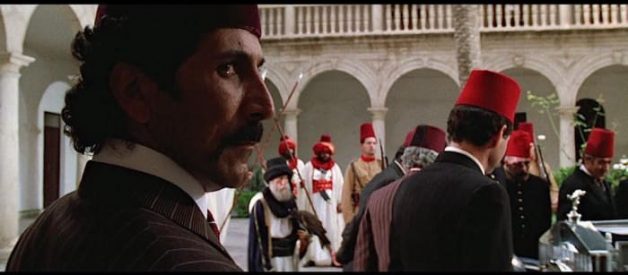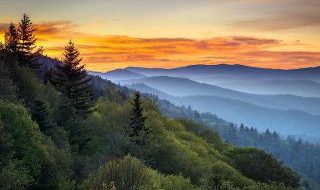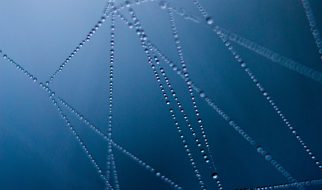Indiana Jones?s third foray onto the silver screen celebrates its 30th anniversary this week, so what better time to take another look at the classic adventure film? Originally released in 1989, ?The Last Crusade? follows grizzled fortune hunter Indiana Jones (Harrison Ford) as he races around the world to stop the Nazis from claiming the legendary Holy Grail. Along the way, he teams up with an unlikely companion: his own father, Henry Jones Sr. (Sean Connery), who happens to an expert on the Grail. Read on for 10 little-known facts and some behind-the-scenes trivia from the making of this spectacular movie.
10. Connery helped build his character
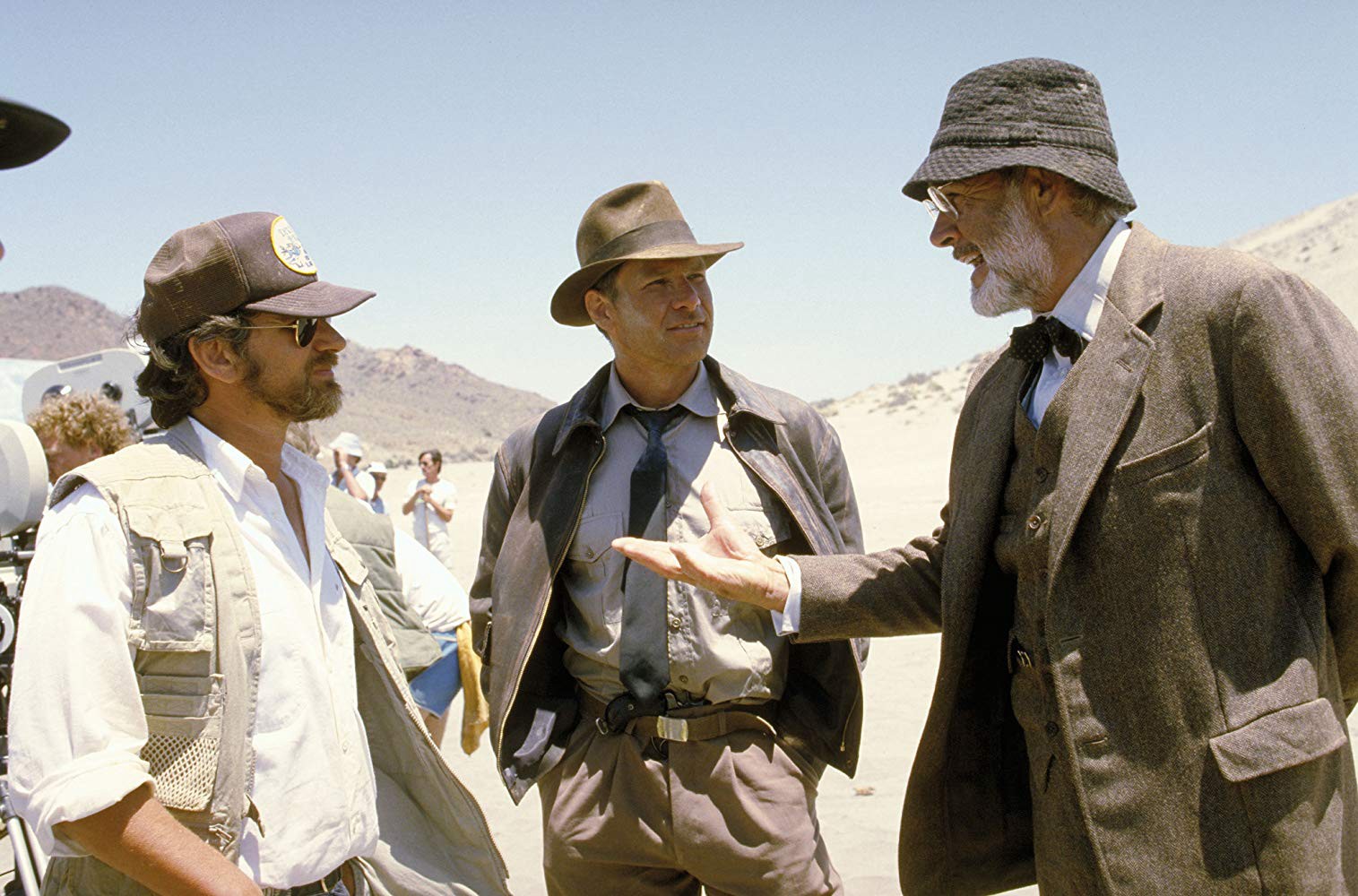
From the beginning, director Steven Spielberg had envisioned acting veteran Sean Connery in the role of Indiana?s father. When approached, Connery initially turned down the role, citing concerns that he was only 12 years older than Harrison Ford. However, Spielberg began to work with Connery to reshape the character. A student of history, Connery drew inspiration from historical adventurer Sir Richard Francis Burton for the role. He even improvised one of his most famous lines: the ?She talks in her sleep? line which reveals Henry slept with femme fatale Elsa wasn?t in the script, but was kept after it had most of the cast and crew in stitches.
9. One actor almost played a different role
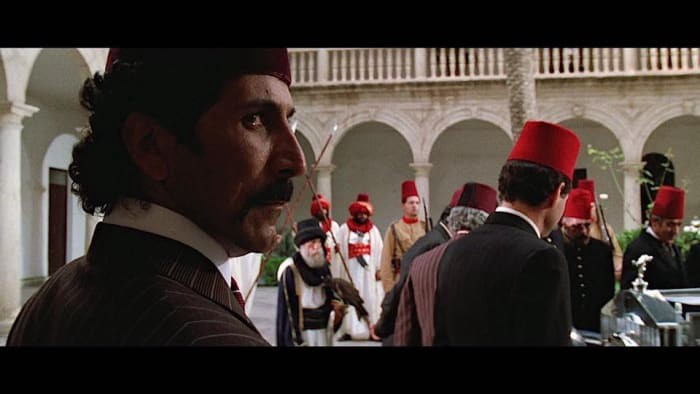
Actor Kevork Malikyan appears in ?The Last Crusade? as Kazim, an agent of a secret order sworn to protect the Grail. Steven Spielberg had long been a fan of Malikyan?s work, particularly in the film ?Midnight Express.? He was originally considered for a different role: that of Sallah, Indiana?s boisterous sidekick played by John Rhys-Davies. Malikyan had intended to audition for the role of Sallah in ?Raiders of the Lost Ark,? but missed the audition after getting stuck in a traffic jam.
8. Harrison Ford picked River Phoenix to play young Indy

Actor River Phoenix plays a young Indiana Jones in the movie?s prologue, a casting choice that was made on the recommendation of Harrison Ford himself. Phoenix had played Ford?s character?s son in the movie ?The Mosquito Coast.? Impressed, Ford suggested that Phoenix play young Indy. Ford even stated that Phoenix resembled what he had looked like at that age. To that end, a scene was added during the train chase where young Indy receives a chin scar while first using his iconic bullwhip. This mirrors Ford?s real-life chin scar, which he received in a car accident.
7. The original script featured ghosts and magic peaches
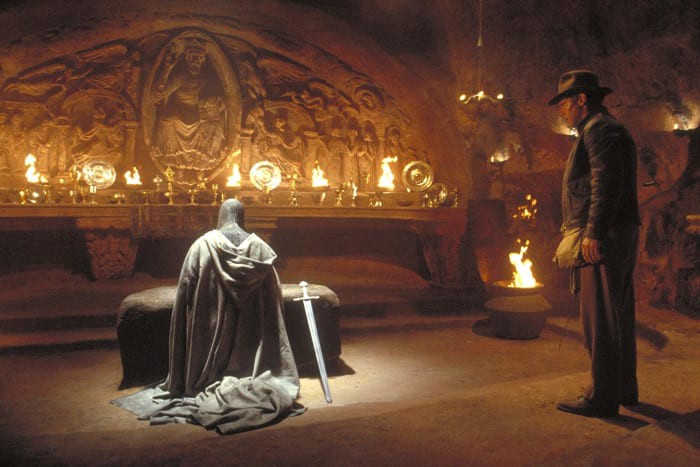
Original drafts of the movie?s script looked very different from the final product that ended up onscreen. Initially titled ?Indiana Jones and the Monkey King,? the script?s first draft opened with Jones fighting a Scottish ghost named Baron Seamus Seagrove III, and ended in a Garden of Immortal Peaches that are deadly to those not pure of heart. Along the way, Indy would also have encountered a Nazi with a mechanical arm, a tribe of cannibals, and a Japanese pirate named Kezure. It took several rewrites and many more scrapped concepts to get the movie to its final form.
6. Spielberg and Lucas disagreed about the Grail
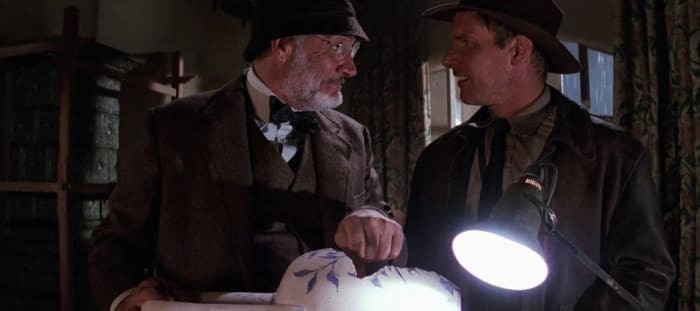
Early in pre-production, Steven Spielberg and George Lucas disagreed over what the movie?s primary motivation should be. Lucas was adamant that the movie?s motivation be the quest for the Holy Grail. Spielberg, however, thought that the artifact would be too esoteric for audiences and thought that the movie should instead focus on Indy?s relationship with his father. Eventually, the two struck a compromise, weaving both elements into the final film but focusing more on the father-son dynamic.
5. A famous playwright did secret rewrites
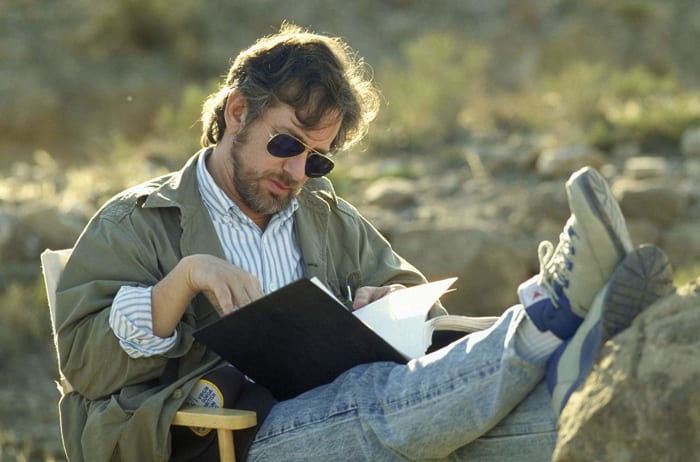
After several drafts and several different writers, Spielberg and Lucas still weren?t satisfied with the movie?s script. As the movie neared production, award-winning playwright Tom Stoppard was brought on under the pen-name ?Barry Watson.? Stoppard, famous for plays such as ?Arcadia? and ?Rosencrantz and Guildenstern are Dead,? gave the script an almost complete overhaul. Stoppard polished the dialogue, added several characters such as Panama Hat and Kazim, and almost completely rewrote the film?s climax in the Grail Temple.
4. The Middle Eastern desert isn?t actually in the Middle East
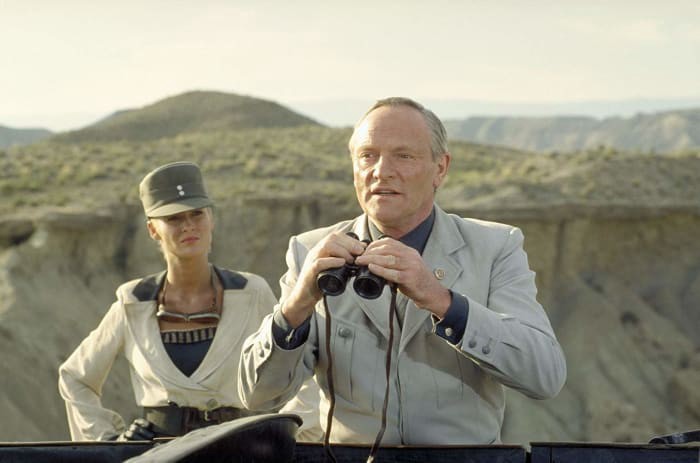
Much of the film?s climax takes place in a fictional Middle Eastern nation known as the ?Republic of Hatay.? This country doesn?t actually exist, and neither do its deserts. With the exception of a few scenes that were shot on location in Jordan, most of the movie?s desert scenes were actually shot in Spain. The Tabernas Desert served as the backdrop for the tank chase and the plane chase sequences. In addition, the crew actually built a mosque in the Spanish town of Guadix to serve as a backdrop in the scene where Marcus Brody is captured by Nazis.
3. The rats are real
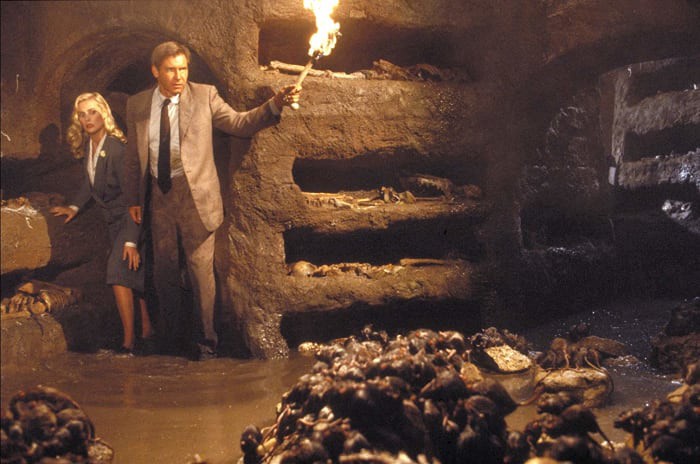
No, those aren?t animatronic. For the sequence in the Venetian catacombs, Lucasfilm purchased 1,000 gray rats from the same company that provided snakes and bugs for the previous movies in the series. Over the course of five months, the rats bred and eventually topped out at a whopping 5,000 rats during the final sequence onscreen. Animal lovers need not worry; the live rats actually were replaced with animatronics for the scene where the tunnels are lit on fire.
2. The Grail Temple set was incredibly intricate
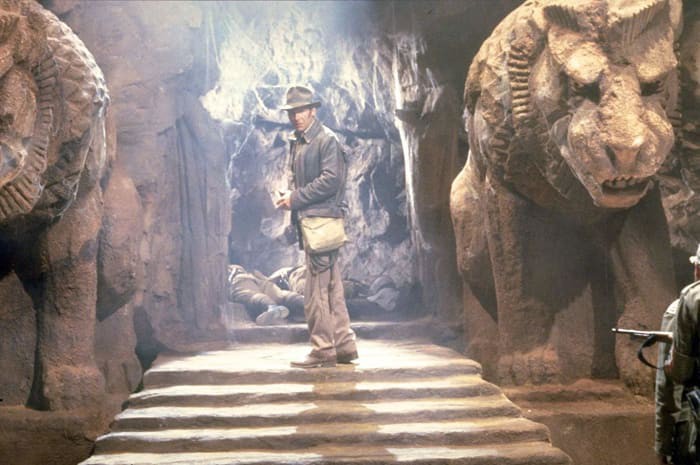
Though the Grail Temple?s exteriors were shot at the famous treasury of Petra in Jordan, the interiors were entirely custom-built on a soundstage at Elstree Studios in England. All told, the set took six weeks to build. Different pieces of the floor were mounted on hydraulics to simulate the floor shifting and cracking during the finale sequences. As such, it took upwards of 20 minutes to reset between takes, as the floors were maneuvered back into position and sealed with plaster to simulate the cracking effect. The shot where Elsa drops the Grail and it skitters through one of the floor cracks took several takes to get right.
1. The sound designer almost shot George Lucas
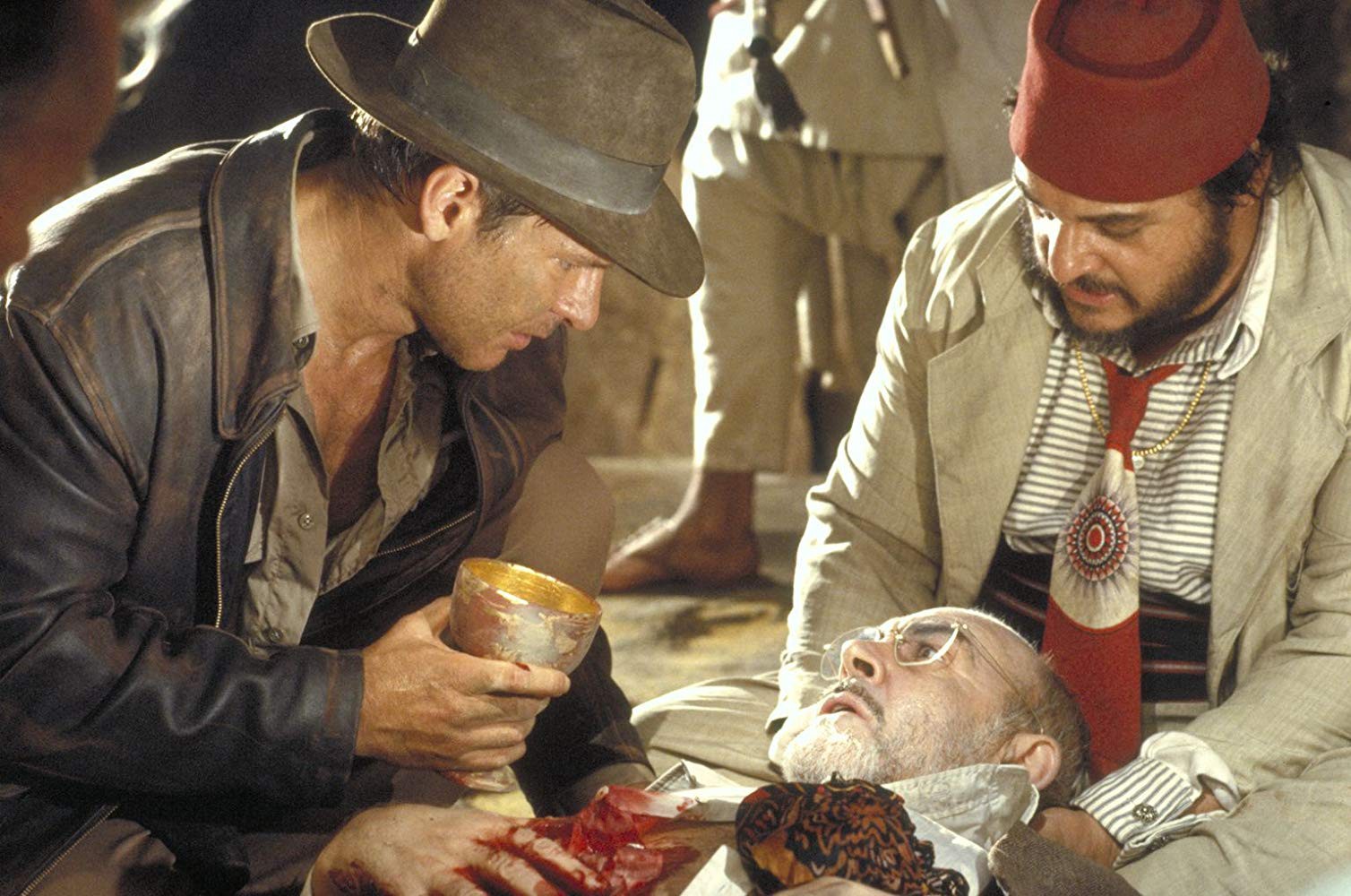
Sound designer Ben Burtt is a Lucasfilm veteran, known for going to great lengths to get just the right sounds for his movies. For ?Last Crusade,? Burtt rode in a biplane and visited a building demolition to record sound for the plane fight sequence and crashes.
For the scene where villain Walter Donovan shoots Henry Jones Sr. in the chest, Burtt wanted a powerful, echoing gunshot. As such, he recorded himself firing a .357 magnum revolver in the parking garage underneath Skywalker Ranch. Unknown to Burtt, he fired the gun just as George Lucas pulled into the garage to park, leading to a tense moment for the startled Lucas.
Though it may be turning 30, ?Indiana Jones and the Last Crusade? still holds up as one of the greatest adventure films of all time. Perhaps it?s time to dust off that fedora and take another ride into the world of Dr. Jones.
Follow Rewindr on Facebook and Twitter.
